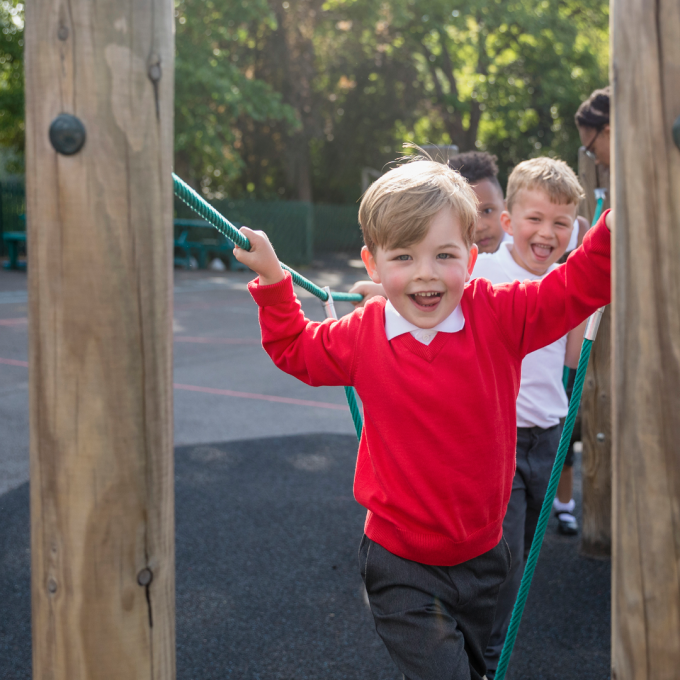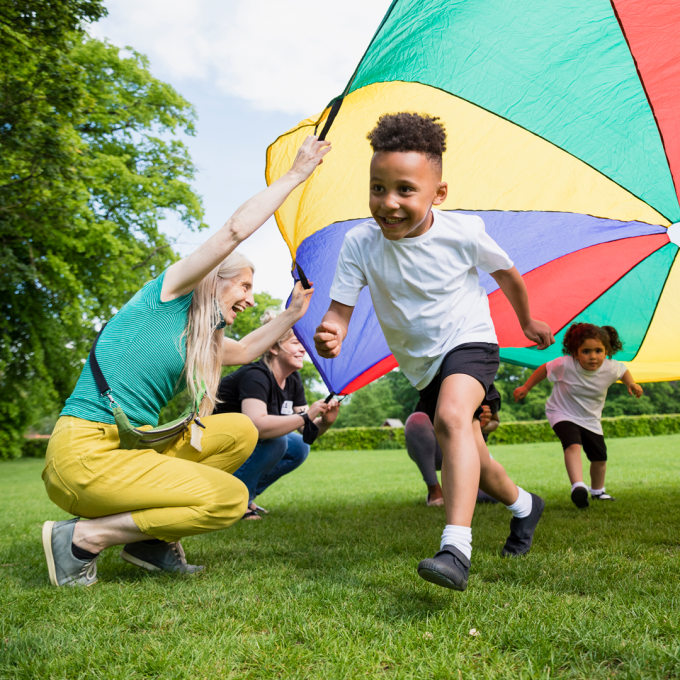The focus of this week's Children's Mental Health week is on how to be healthy 'inside and out'.
In Thrive we recognise that how we behave and respond to the world depends on the brain and body working together. The brain and body are inextricably linked, which is why when we experience strong emotions and feelings we can have a physical reaction. We feel butterflies in the stomach when we are nervous, start shaking when we are frightened and clench our fists when we're angry.
At Thrive, we encourage children to put words to their feelings and body sensations - words such as fluttery, tight, achy and tingly. We can then help them to make sense of what they are feeling in their body and help them to interpret what the underlying emotions might be. By doing this, we are better able to support them to make choices about how they behave in response to these emotions. Rather than react by lashing out or alternatively by pushing the feeling inside, we can be alongside them and help them understand that their emotions are normal. Building a warm and caring relationship, which is non-judgmental, with young people is key.
We need to explain to children that emotions such as anger and sadness are not bad but it is what we do with them that is important. By pushing them inside, denying or repressing them, we risk contributing to mental health problems in the future.
The Thrive Approach provides a range of different ways to help children express strong emotions, which will help them to take control of their response.
- Watch out for quiet students who may be bottling up their emotions inside as a result of what is going on around them.
- Allow students to find creative and expressive outlets for managing their strong emotions such as music, sport and art.
- Provide a safe place for students who are having difficulty handling their emotions to go to where they can be supported and have time to reflect.
- Create a space where they can express their emotions in a safe way such as expressing anger by throwing clay, tearing newspaper or using a punch bag.
Being aware of the importance of our children's wellbeing 'inside and out' is crucial. By noticing and putting words to body sensations and feelings, and by responding with empathy to what they are experiencing, we will be helping them to handle their emotions in the face of life's ups and downs.
Over to you
Reduced anxiety and behavioural incidents. Calmer classrooms filled with engaged leaners. Improved relationships with parents and carers. These are just some of the outcomes reported by settings embedding Thrive’s whole-school approach to mental health and wellbeing. Are you ready to join them? Click here to get started.
Pass it on
Small actions can lead to a big ripple effect. If you enjoyed this post or found it helpful, please consider supporting us in our mission to help every child and young person feel safe, supported and ready to learn by sharing it using the social media buttons below.
Want to join a like-minded community of senior leaders and classroom staff benefitting from insights and strategies to improve attendance, behaviour and attainment? Add your email address below. (It’s easy to unsubscribe).

_680.jpg)

_680.jpg)
(1)(1)(1)_680.jpg)

